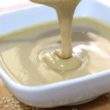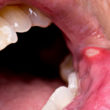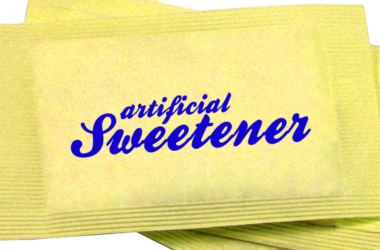Did you end up with red, inflamed and itchy skin upon coming into contact with a particular substance? It’s called contact dermatitis. It’s not that severe most of the time. However, the condition is rather unpleasant while the signs and symptoms are there. Such can be treated by controlling the irritation. Also, avoiding the root cause of it is important.
Contact dermatitis is actually a form of eczema — a medical condition wherein areas of the skin become inflamed and rough, with the presence of blisters that can cause bleeding and severe itching. Scratching the affected areas is discouraged because it may break the skin and cause an infection when bacteria invade the injured site.
Causes of Contact Dermatitis
Substances that can cause the problem to arise can be classified into two: irritant and allergen. Upon coming into contact with any of the them, the signs and symptoms of contact dermatitis may occur within a few hours or days.
An irritant is something that can cause damage to the skin’s outer layer. On the other hand, an allergen is something that triggers the body’s immune system to spring into action, causing the hallmarks of the skin condition. In rare instances, sunlight’s reaction to the chemicals in sunscreen is the cause of contact dermatitis.
Contact Dermatitis Types
Experts categorize contact dermatitis into 3 types: irritant, allergic and photo contact. The primary differences among all of them are the causative factors. Do take note that the treatments of choice for all types tend to remain the same.
Irritant contact dermatitis is the most common type of contact dermatitis. This occurs when your skin comes into contact with substances that can damage or irritate your skin. Some examples include detergents, bleach, drain cleaners, pepper spray, kerosene and battery acid. Some people may develop irritant dermatitis upon prolonged contact with water.
Allergic contact dermatitis is triggered by the body’s own immune system as it tries to attack a foreign substance you are exposed to. Some of the most common allergens for people with this type of contact dermatitis include latex, chemicals in perfumes and other skincare products, certain types of jewelry like gold and nickel, and poison ivy or oak.
Photo contact dermatitis is a very rare type of contact dermatitis. This is the result of the reaction of sunlight to certain chemicals in sunscreen applied to the face or other exposed areas of the body.
Signs and Symptoms of Contact Dermatitis
The signs and symptoms of this skin condition may vary slightly from one another. It all depends on factors such as the reason behind the development of such and how sensitive you are to the irritant or allergen responsible for it.
Definitely, there is skin redness and severe itching present. The affected area may seem tight and feel like it is burning. There are instances too when the skin ends up looking dark and leathery. Blisters are very likely to occur. Sometimes open sores develop that usually form crusts. When severe dryness is present, it’s not unlikely for skin to crack.
Contact Dermatitis Treatment
Once confirmed by a doctor, he or she can proceed with coming up with the best treatment for contact dermatitis. An OTC anti-itch cream such as hydrocortisone or calamine may be recommended in order to have the itching controlled. A stronger topical solution may be prescribed if none of the said anti-itch remedies works very well. It is also possible for the doctor to prescribe antihistamines taken orally in order to reduce the signs and symptoms, as well as diminish the response of your immune system to the responsible allergen.
Aside from medically treating contact dermatitis, it’s also very important to determine the triggering factor. Being able to identify what they are allows you to avoid coming into contact with them, thus keeping at bay the skin condition.













